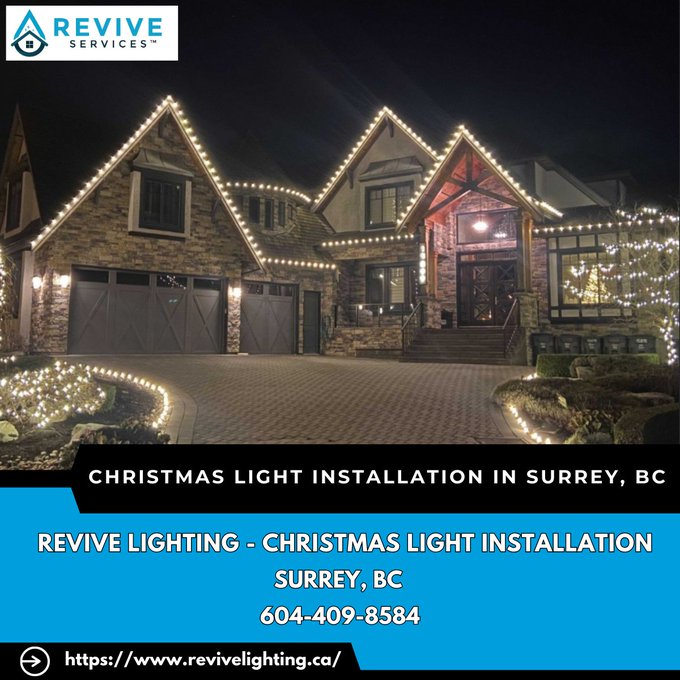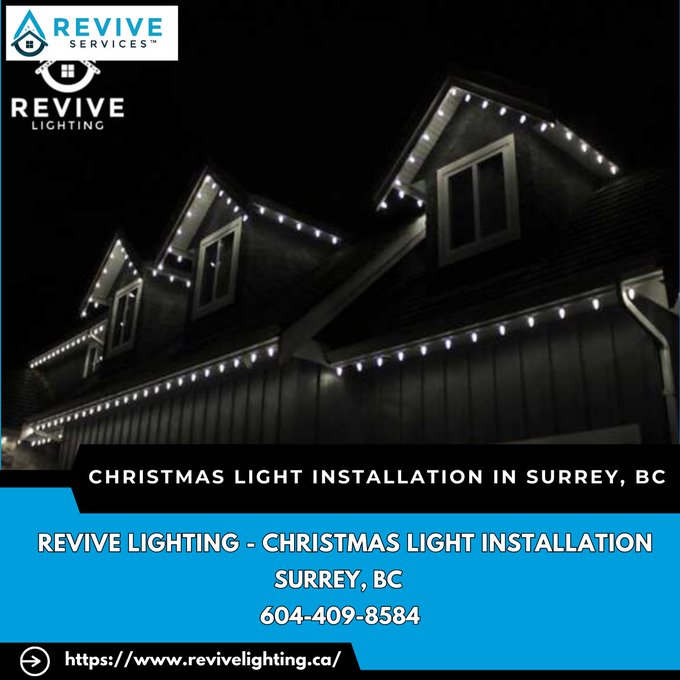When it comes to setting the mood for your outdoor space or illuminating your home for the festive Christmas Light Installation season, understanding voltage and power needs is crucial. This knowledge not only ensures safety but also helps you make informed decisions about lighting options, installation, and cost-effectiveness. In this article, we'll delve deeply into the intricacies of outdoor lighting, specifically focusing on voltage requirements, power consumption, and practical considerations when installing Christmas lights.
What is Voltage?
Voltage is essentially the electrical force that pushes electric current through a circuit. It is measured in volts (V). Think of it as the pressure in a water hose; the higher the pressure (or voltage), the more water (or electricity) can flow.
Understanding Voltage Ratings
Most outdoor lighting systems operate on either low voltage (12V or 24V) or standard household voltage (120V). Low-voltage systems are safer and more energy-efficient, making them ideal for garden lighting.
The Importance of Choosing the Right Voltage
Choosing the right voltage is critical because using a system rated for a lower voltage on a higher voltage supply can lead to overheating and potentially cause electrical fires.
Power Needs Explained
Power needs are fundamentally tied to both wattage and amperage. Understanding these terms will help you choose the right lighting fixtures and avoid overloading circuits.
What is Wattage?
Wattage indicates how much electrical power an appliance consumes. For example, standard incandescent bulbs typically use 60 watts each.
Understanding Amperage
Amperage refers to the amount of electric current flowing through a circuit. It’s essential to ensure that your circuit can handle the total amperage required by all devices connected to it without tripping breakers or causing overheating.
How Much Does It Cost to Light a House for Christmas?
When planning your holiday decorations, one of your foremost concerns might be cost. So, how much does it actually cost to light up your house during Christmas?
Calculating Energy Costs
To calculate how much it costs to run Christmas lights, you need to know:
- The wattage of your lights The number of hours they’ll be on each day The cost per kilowatt-hour from your utility provider
Example Calculation:
If you have 2000 watts running for 5 hours daily: That’s 2000 watts x 5 hours = 10,000 watt-hours = 10 kWh. If your electric company charges $0.12 per kWh: Your daily cost would be 10 kWh x $0.12 = $1.20.This means if you keep those lights on every night throughout December (31 days), you're Christmas Light Installation Service looking at around $37.20 just for lighting!
How Much Do People Charge to Take Down Christmas Lights?
After enjoying beautifully lit evenings throughout December, some homeowners opt for professional assistance when it comes time for removal. But what should you expect in terms of cost?
Average Pricing Structure:
Typically, prices can range from $100 to $300 depending on factors like:
- Size of the home Height of installation Number of strands used
Getting quotes from multiple service providers can help ensure you're getting a fair deal.
What Lights Do Professional Christmas Light Installers Use?
If you've ever wondered what sets professional installations apart from DIY efforts, one factor is definitely the type of lights used.
Types of Lights Used by Professionals:
LED Lights: Energy-efficient and long-lasting. C9 and C7 Bulbs: Commonly used commercial-grade bulbs that provide brightness. Incandescent Bulbs: Traditional option but less energy-efficient than LEDs.Professionals often opt for LED lights due to their durability and lower operational costs compared with incandescent options.
" width="560" height="315" frameborder="0" allowfullscreen>
Why Is Christmas Light Installation So Expensive?
You might ask yourself why hiring someone else to hang your Christmas lights seems so pricey—especially when doing it yourself appears far cheaper!
" width="560" height="315" frameborder="0" allowfullscreen>
Factors Influencing Cost:
Labor Costs: Skilled workers charge based on their expertise. Equipment Rental: Professionals may need specialized equipment like lifts. Insurance Costs: Professional installers carry liability insurance which adds overhead. Custom Designs: Tailored designs take additional time and material costs into account.While upfront costs may seem high, hiring professionals can save you time and hassle during what is often a busy season!
Do You Tip People Who Put Up Christmas Lights?
This question often arises during holiday seasons when hiring services becomes common practice—should you tip?
Tipping Etiquette:
While it's not mandatory, tipping between 10% - 20% based on service quality is appreciated in most industries including holiday light installation!
What Is the Price Per Foot for Christmas Lights?
Estimating how many feet you'll need can greatly impact budgeting—so what's the average price per foot?
Breaking Down Costs:
On average:
- Traditional incandescent lights can range from $0.50 - $1 per foot. LED options generally fall between $0.75 - $1.50 per foot depending on quality.
Calculating total length required multiplied by type chosen gives you an estimate before installation begins!
How Much Electricity Is Wasted on Christmas Lights?
With festive cheer comes concern over energy waste—just how much electricity do those twinkling lights consume?
Analyzing Consumption Patterns:
According to estimates:
An average string of incandescent lights uses about 60 watts while an LED string only uses around 6 watts! Over extended periods (like weeks), this leads us back into our earlier calculations regarding potential costs incurred while keeping these beauties glowing bright!
Are Professional Christmas Lights Worth It?
Considering all aspects discussed thus far—you might still wonder if investing in professional installations pays off.
Weighing Pros vs Cons:
Pros:
- Safety assurance with expert knowledge. Time savings during busy holiday schedules.
Cons:
- Higher initial outlay compared with DIY approaches.
Ultimately—it depends! If budget allows & time constraints exist—a pro may be worth every penny!
FAQ Section
What Are The Best Christmas Lights To Put On Your House?
The best options tend towards energy-efficient LED string lights which last longer and reduce overall consumption while providing vibrant colors year-round!
Can You Use LED Lights For Christmas Lights?
Absolutely! In fact—they're becoming increasingly popular due largely because they consume significantly less power than traditional incandescent varieties without sacrificing brightness or color quality!
How Do People Get The Perfect Length For Christmas Lights?
Many utilize measuring tools prior ensuring desired lengths align perfectly with eaves/trims before purchasing—this helps avoid excess waste & unanticipated expenses later down line!
How Many Strands Of Christmas Lights Can You Put Together On One Outlet?
Typically—the rule suggests no more than three strands maximum plugged into any single outlet at once! Always check manufacturer guidelines too since some models differ widely based upon wattage consumed per strand!
Should I Keep Old Christmas Lights?
If functioning properly—they’re worth holding onto as backups! However—if frayed/worn out consider recycling options available locally instead discarding into trash unnecessarily contributing landfill waste!
When Should You Install Christmas Lights?
Most homeowners prefer putting up decorations after Thanksgiving but before December kicks off fully—this allows ample time enjoy festivities leading up holidays without rushing later down road toward end month itself!
Conclusion
In summary, understanding voltage and power needs when installing outdoor lighting is integral not only for decorative purposes but also ensures safety while optimizing energy consumption throughout its operation period as well! From choosing appropriate types & sizes based upon preferences/needs down selecting qualified professionals who excel within field—we hope this guide provides comprehensive insight enabling successful execution future projects effortlessly whether enhancing homes aesthetically year-round or simply illuminating spaces festively during winter holidays alike!
By keeping these key concepts in mind along with practical tips shared here—you'll be well-prepared tackle any outdoor lighting challenge confidently knowing exactly what steps must take place next time around!

